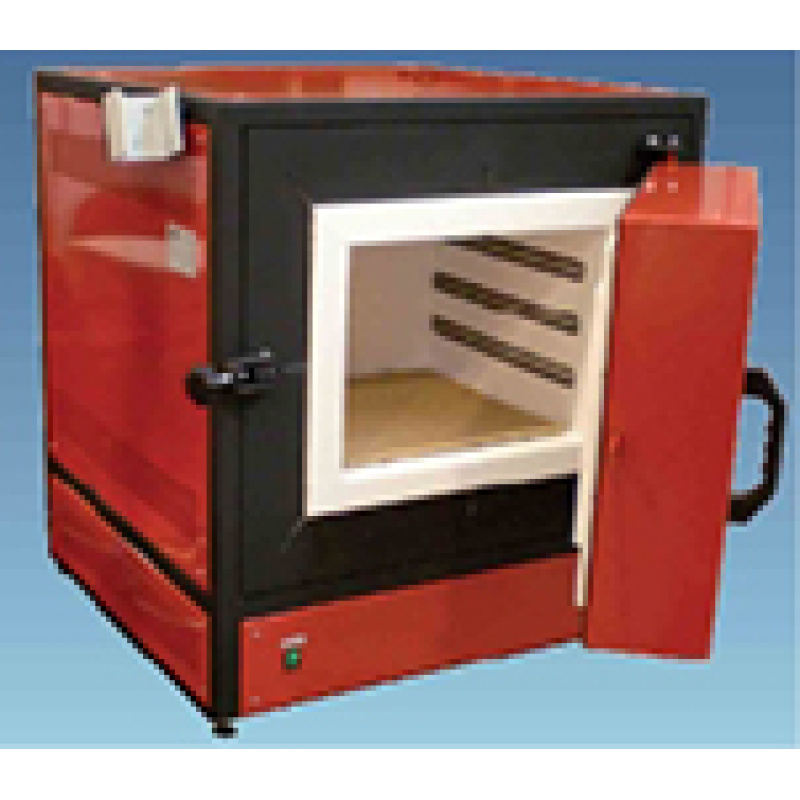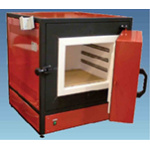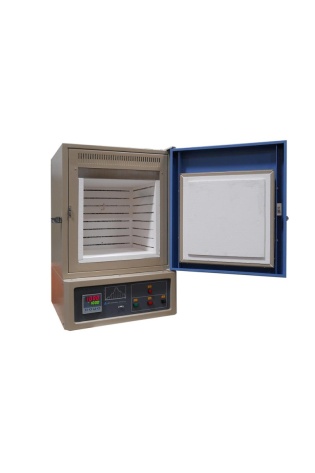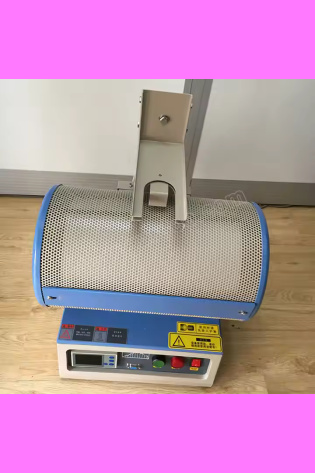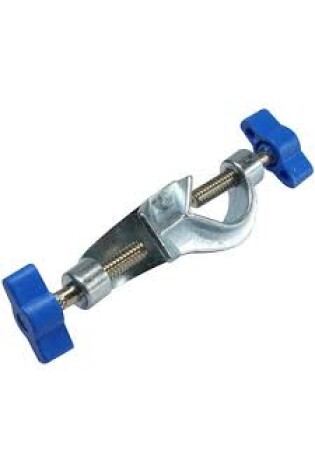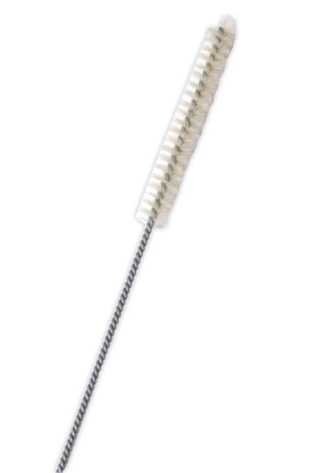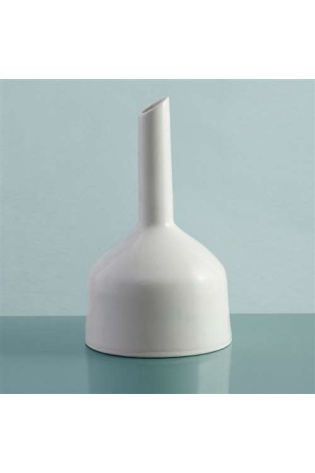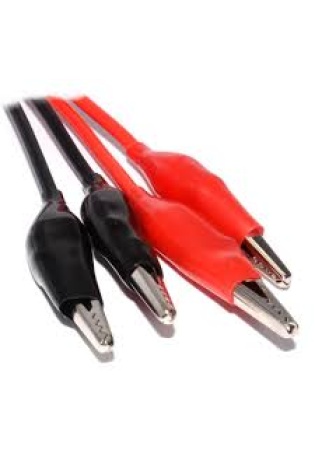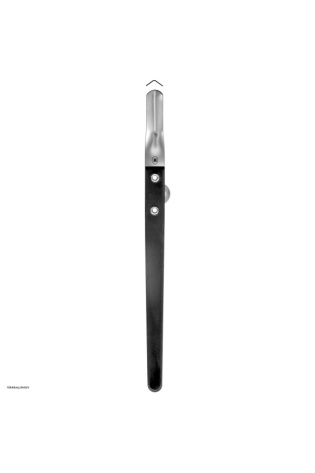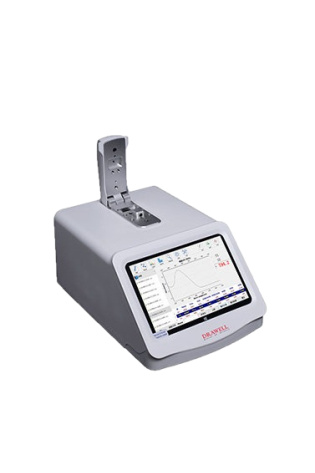Dental Furnace
Dental furnaces are used during the production of ceramic dental restorations such as crowns, bridges, inlays and onlays.
Furnaces can reach high temperatures and pressures to process ceramic material into a hardened, final state.
Universal electrical furnaces are designed for the burning of ceramics and stone mass, thermal processing of small metal particles in the ambiance at the maximum temperature of 900°C, 1260°C, and 1340°C.
Dental Furnaces
Dental furnaces are primarily used to process ceramic materials into final dental restorations like crowns, bridges, and veneers. These furnaces reach high temperatures and pressures to sinter, glaze, and fire dental ceramics, giving them the desired hardness, translucency, and aesthetic properties. They are also used in the production of other dental appliances and structures.
Here’s a more detailed breakdown of their uses:
1. Sintering:
Sintering is a process that involves heating powdered materials below their melting point to fuse them together, creating a solid, dense object.
In dental applications, sintering furnaces are used to process materials like zirconia and other ceramics, increasing their strength, density, and translucency.
This process is crucial for creating durable and aesthetically pleasing dental restorations.
2. Glazing:
Glazing furnaces are used to apply a smooth, glassy surface to dental restorations, enhancing their appearance and preventing staining.
Glazing also helps to improve the overall durability and biocompatibility of the restoration.
3. Firing:
Firing furnaces are used to heat dental ceramics at high temperatures, allowing them to reach their final form and properties.
This process is essential for achieving the desired hardness, strength, and translucency of ceramic restorations.
4. Other applications:
Dental furnaces are also used for pressing dental ceramics, creating specific shapes and forms for restorations.
They can be used in conjunction with CAD/CAM systems for digital workflows.
Some furnaces are designed for specific tasks like firing porcelain or sintering zirconia.
Modern dental furnaces often feature programmable settings, allowing for precise control over temperature and heating times, which is crucial for achieving optimal results with different ceramic materials. They can also be integrated with CAD/CAM systems for digital dentistry workflows.

